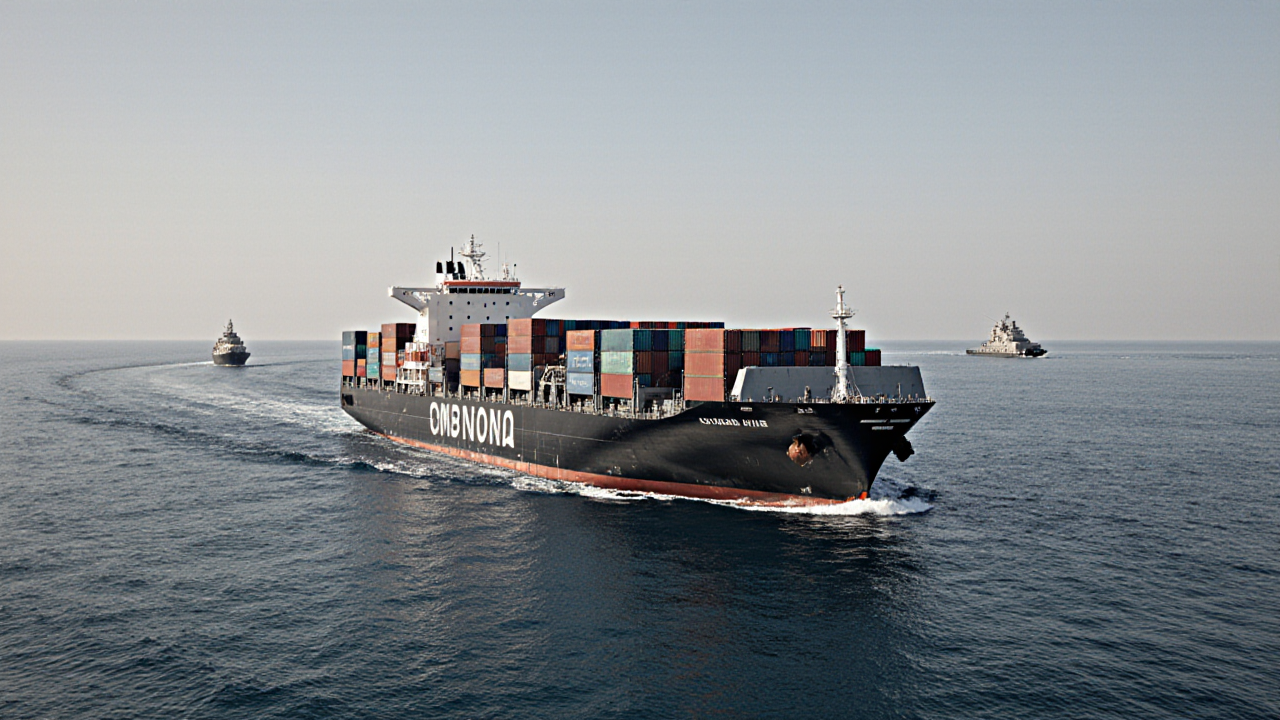
A missile strike in the Gulf of Aden on September 29 ignited a blaze aboard a Netherlands‑flagged cargo vessel, marking a stark reminder that geopolitical tensions can ripple through global supply chains. The attack, carried out by a regional insurgent group, caused no injuries but underscored the vulnerability of maritime corridors that serve as arteries for international trade. The vessel, owned by a European carrier, had already faced a failed assault a week earlier, illustrating a pattern of escalating aggression toward commercial shipping in the region.
Why This Matters for Your Supply Chain
The Red Sea and adjacent waters have long been a focus of strategic shipping routes, but recent hostilities have amplified the need for robust risk management. Supply chain leaders must now consider the potential for sudden disruptions, ranging from physical damage to vessels to cascading delays in downstream logistics. The fact that the targeted ship had no explicit ties to the insurgent group’s stated focus—yet was still attacked—highlights the unpredictable nature of conflict‑related threats and the importance of maintaining situational awareness across all fleet segments.
Strategic Lessons from the Incident
First, the incident demonstrates the critical value of real‑time monitoring and threat intelligence. Integrating maritime surveillance feeds with internal logistics dashboards can provide early warning of emerging risks, allowing for rapid rerouting or acceleration of critical shipments. Second, the attack reinforces the need for diversified routing strategies. While the Red Sea offers a direct path between Asia and Europe, alternative corridors—such as the Cape of Good Hope or the Suez Canal—may offer resilience when geopolitical conditions deteriorate. Third, the case underscores the importance of collaboration with maritime security agencies and navies. Establishing formal communication channels can improve situational reporting and facilitate coordinated responses to emerging threats.
Operational Recommendations
To translate these lessons into practice, supply chain executives should evaluate the following actions:
Enhance Visibility – Deploy advanced tracking systems that aggregate vessel position, weather, and threat intelligence into a unified dashboard.
Develop Scenario Plans – Create contingency plans for rapid route changes, including pre‑identified alternative ports and transshipment points.
Strengthen Insurance Coverage – Review coverage terms to ensure protection against political risk and maritime security incidents.
Invest in Crew Training – Provide crews with updated protocols for emergency response and damage control, reducing the likelihood of casualties or prolonged downtime.
Foster Industry Collaboration – Participate in sector‑wide information sharing forums to stay abreast of emerging threats and best practices.
Implications for Sustainability and Efficiency
While security concerns often dominate risk discussions, they also intersect with sustainability goals. Diversifying routes or increasing redundancy can lead to higher fuel consumption and emissions if not carefully managed. Therefore, supply chain leaders must balance resilience with environmental stewardship, leveraging technology to optimize alternative paths for both safety and carbon efficiency. Data‑driven decision‑making, coupled with a proactive risk culture, can help maintain service levels while minimizing ecological impact.
A Call to Action for Leaders
The maritime attack in the Gulf of Aden is a vivid illustration that supply chain resilience is no longer optional; it is a strategic imperative. By embedding real‑time intelligence, diversifying routes, and collaborating across the maritime ecosystem, leaders can safeguard their operations against the unpredictable forces that shape the global trade landscape. The lesson is clear: resilience, when built on data, technology, and partnership, becomes a competitive advantage that protects both profit and purpose.
Loading comments...